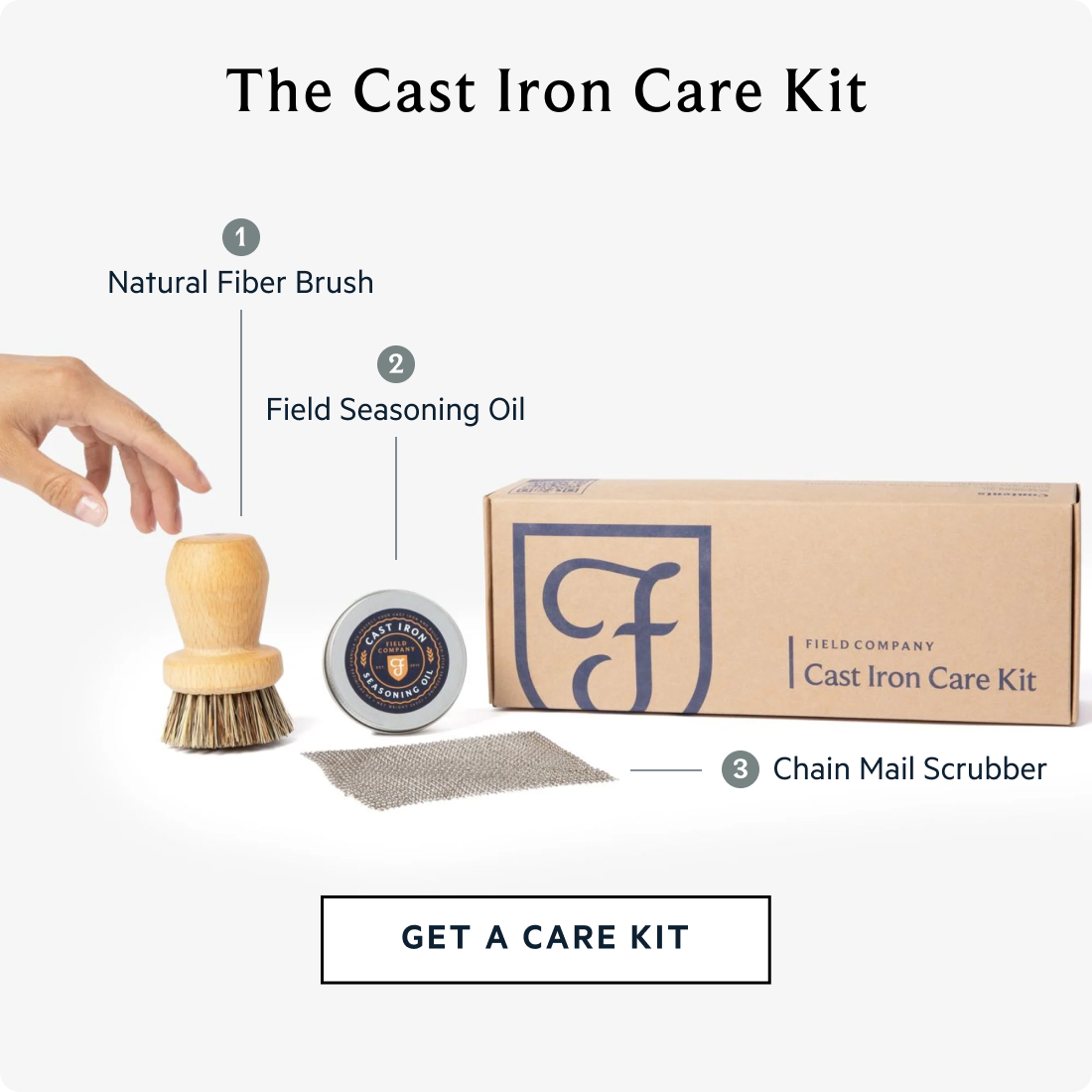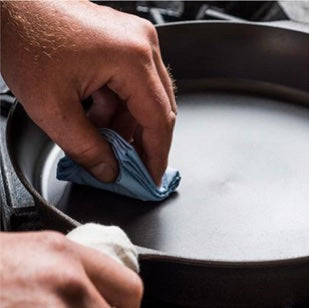Table of Contents
- What is the difference between an omelet and a frittata?
- How to cook a frittata in a cast iron skillet?
- Recipe: Cast Iron Frittata
- Best practices when cooking frittata in cast iron pan
- Other cast iron skillet frittata recipes
The omelet originated in French cuisine, while the frittata originates from Italy and is sometimes referred to as an “Italian omelet.”
To make frittatas, eggs and cream are combined and baked to form custard-like mixture, whereas omelet recipes eggs are blended together just until mixed, then cooked entirely on the stovetop.
In frittatas, fillings are combined with the egg batter in the skillet, while in omelets, the fillings are served on top or folded inside the egg.
A frittata is cooked slowly over low heat while an omelet is cooked quickly over higher heat—cooking frittata in cast iron is a great way to get a delicious result.
Recipe: Cast Iron Frittata
Ingredients
10 large eggs
½ cup whole milk (or ¼ cup heavy cream)
1 teaspoon kosher salt
Freshly ground black pepper
3 tablespoon extra-virgin olive oil
1 medium onion, diced
1 cup shredded cheese (anything that melts well, such as cheddar, fontina, or gruyère) OR 4 ounces fresh goat cheese or feta, crumbled
About 2 cups mix-ins (choose your own combination): cooked bacon or sausage; sauteed mushrooms, peppers, zucchini, or broccoli; diced cooked potatoes; halved cherry tomatoes; baby spinach; chopped herbs
Tools
Resources
Guide to Cooking Eggs in Cast Iron
The Field Method for Cast Iron Care
Instructions
Preheat the oven to 350°F. In a large bowl, combine the eggs with the milk, salt, and pepper to taste. Whisk just until no visible egg whites remain.
In a Field No.8 Skillet, heat the olive oil over medium heat. Add the onions and cook, stirring frequently, until softened, about 5 minutes. Pour the egg mixture over the onions and add the shredded cheese (if using) and any mix-ins. Stir until well combined. If using crumbled goat cheese or feta; sprinkle evenly over the top.
Cook the egg mixture, without stirring, until the edges are set and just begin to pull away from the side of the skillet, about 7 minutes.
Transfer the skillet to the oven and bake until the eggs are just set (they should barely jiggle when you shake the pan), 15 to 20 minutes.
Let the frittata cool for at least 10 minutes before slicing and serving. The frittata can be made an hour or two ahead of time; reheat (if needed) in a 250°F oven.
Make sure to thoroughly whisk together your eggs and cream until no whites remain to get the perfect custard-y consistency.
Dairy turns frittatas into a sort of rich, creamy egg cake—don’t skimp on this ingredient and go for the whole-fat milk or cream instead of skim milk.
Cook your meats before adding them to the frittata so that they get some caramelization before going into the frittata—and to make sure they’re fully cooked through.
Use the best pan possible—like Field cast iron skillets—you want a pan that retains heat well so that it cooks your frittata perfectly.
Follow the recipe’s cooking time and don’t overbake! You’ll miss out on the tender, custard-y texture if your frittata is in the oven for too long.





